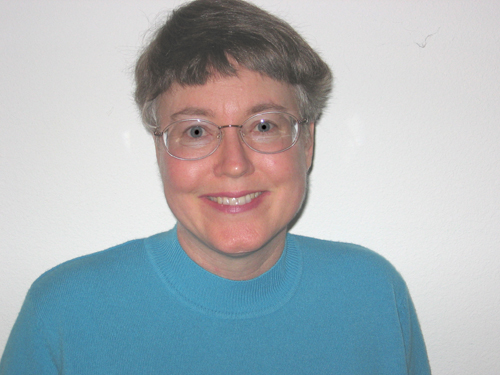 The National Association of Area Agencies on Aging (n4a) partnered with the MetLife Foundation and four other national organizations to survey 10,000 local governments to "determine their “aging readiness” to provide programs, policies and services that address the needs of older adults and their caregivers; to ensure that their communities are “livable” for persons of all ages; and to harness the talent, wisdom, and experience of older adults to contribute to the community at large." (p.1 print, p. 3 pdf). The resulting report is called "The Maturing of America- Getting Communities on Track for an Aging Population" and the pdf file can be downloaded here. (I found this report via the Docuticker Blog).
The National Association of Area Agencies on Aging (n4a) partnered with the MetLife Foundation and four other national organizations to survey 10,000 local governments to "determine their “aging readiness” to provide programs, policies and services that address the needs of older adults and their caregivers; to ensure that their communities are “livable” for persons of all ages; and to harness the talent, wisdom, and experience of older adults to contribute to the community at large." (p.1 print, p. 3 pdf). The resulting report is called "The Maturing of America- Getting Communities on Track for an Aging Population" and the pdf file can be downloaded here. (I found this report via the Docuticker Blog).
This report found that only 46% of American communities have begun to prepare for the rapidly increasing numbers of older adults. In fact, most local governments "do not have the policies, programs, or services in place to promote the quality of life and the ability of older adults to live independently and contribute to their communities for as long as possible" (p.1 print, p. 3 pdf). The report listed many areas of concern for "aging readiness", including:
- Health
- Nutrition
- Exercise
- Transportation
- Public Safety
- Housing
- Taxation
- Workforce development/ Lifelong Learning
- Civic engagement/ Volunteer activities
- Aging/Human Services
- Policies/guidelines
In the section on transportation, the study mentions that "Reduced mobility can put an older person at risk of poor health, isolation, and loneliness." (p. 9 in print and p. 11 of pdf). The survey question about public transportation lists the following places: senior centers, adult day care services, grocery stores, faith communities, and cultural events. There is no mention of public transit availability to libraries. We may need to lobby for public transportation to our libraries.
It seems clear that many of the aging services stakeholders are not thinking about libraries - either as a resource for older adults or as a community social destination for older adults. As local government agencies begin to plan for the future, librarians will need to remind them that we are here for older adults - to provide information, technology training, lifelong learning programing, and as a community center for social interaction and volunteering. In addition, we should find ways to partner with local aging services, so that we can create services that neither agency alone could provide.
Certainly we can take an idea from UPS and ask these agencies "What can libraries do for you?" We certainly should show other government agencies what we have to offer - our meeting rooms, programming, staff expertise, ability to outreach to older adults, etc. We need to be a part of the planning process and to increase our visibility.



